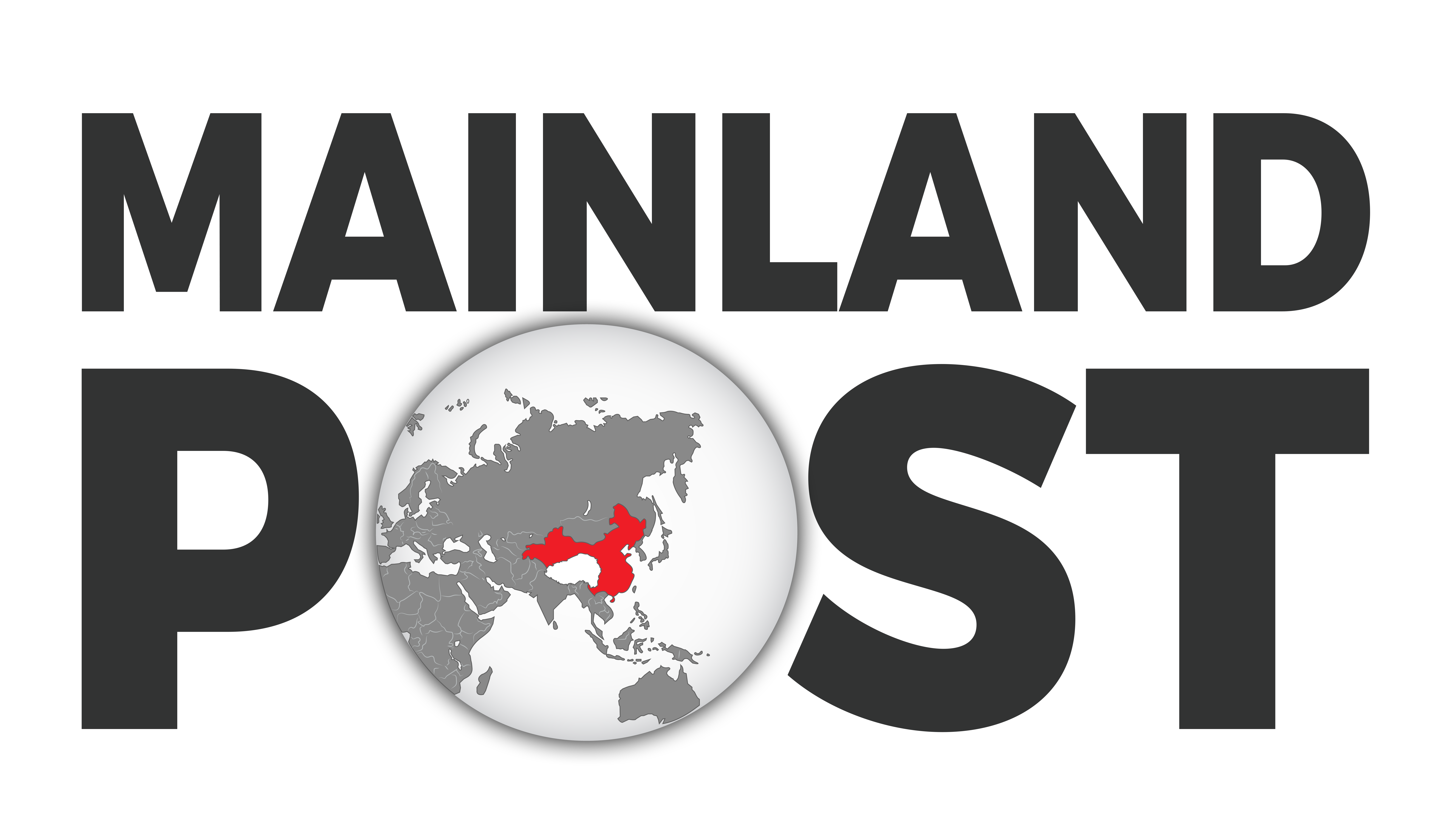Tibet is the world’s highest and largest plateau, covering an area of 2.5 million square kilometers, with an average elevation of more than 4,000 meters above sea level. The plateau stretches across 2,400 kilometers from east to west and 1,448 kilometers from north to south. Its entire southern rim is flanked by the world’s highest mountain chain – the Himalayas.
Among scholars and strategic thinkers in Asia and elsewhere, there is a new recognition and swelling awareness of the enormous geopolitical and environmental importance of Tibet to the continent which is home to nearly half of the Earth’s inhabitants.
What China does with Tibet’s natural resources is beneficial for their business but what China does with the waters of the 6 major river systems that originate from Tibet and sustain the life of about 47 percent of the world’s total human population is another matter. From a problem kept to the Tibetan people alone, it becomes a pan-Asian problem with disastrous repurcussions.
Tibet’s ecological significance extends beyond its borders. The Tibetan Plateau serves as the “Third Pole,” containing the largest ice mass outside the Arctic and Antarctica. The region’s glaciers and rivers provide water resources for more than a billion people downstream, making Tibet a key source of freshwater for Asia, particularly south and south-east Asia. Environmental changes in Tibet – such as glacial melting and shifts in precipitation patterns have far-reaching consequences for the entire region’s water security and climate stability.
Tibet serves as a strategic buffer zone between China and several south Asian countries such as India, Nepal, Bhutan, and Myanmar. Its high mountain ranges, including the regions of the Himalayas, provide natural barriers that have historically shaped the region’s geopolitics. Tibet’s location also grants it control over major river systems, including the Indus, Ganges, Yangtse, and Mekong – essential water sources for millions of people in Asia.
The highlighted environmental importance of Tibet as the maker of the Asian monsoon and as the retainer of the largest concentration of glaciers outside of the two Poles that feed life-giving waters of the 6 major river systems sustaining millions downstream are recent discoveries.
China, through its political control over Tibet has complete upper riparian control over all major rivers flowing out of the Tibetan plateau. Compared to China, Tibet remains an untapped territory with less than 0.6 percent of its hydropower resources being utilized for developmental purposes.
Tibet is a geologically unstable region with an average elevation of 4,500 meters above sea level (14,800 feet). Despite the critical state of the Tibetan plateau which remains ecologically sensitive and seismically active, China is still moving on with its ambitious plan to expand its hydropower generation at the headwaters of Asia’s major rivers — the Yangtze, Yellow, Brahmaputra, Indus, Mekong, and Salween Rivers.
China’s State Council energy plan for the 12th Five-Year Plan (2011-15) and 13th Five-Year Plan (2016-2020) confirm the government’s intentions to vigorously and aggressively push forward the hydropower project on the Tibetan plateau. Hydropower is being promoted as the centerpiece of China’s plan to expand its renewable energy sector. By 2020, China had envisioned to triple its hydropower capacity to 300 GW. Therefore, it is increasingly damming transboundary rivers to achieve its hydropower targets.






